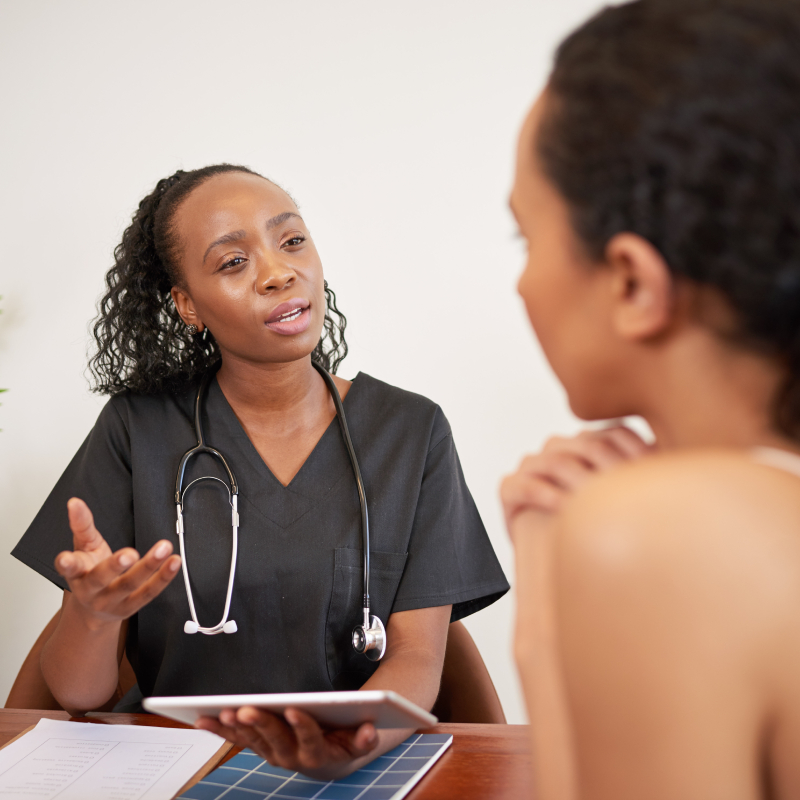
hiv
Approximately 1.2 million people in the US have HIV. Whether you’re wondering what’s next after a possible exposure or just looking for a preventative treatment option, we’re here to help.

Symptoms of HIV can often be similar to the flu or other viral infections, including:
Request a FREE home test kit and have access to a medical professional, if needed.
Privately collect your sample at home with ease and send it to a certified lab with prepaid shipping.
Receive your results and suggested treatment plan from a licensed medical professional within days.
PrEP (pre-exposure prophylaxis) is a proactive, protection-based medication that prevents HIV infection for HIV-negative individuals. Unlike nPEP, PrEP is only effective against HIV when taken regularly prior to a possible exposure.
nPEP (non-occupational post-exposure prophylaxis) is a reactive, protection-based medication that helps prevent HIV infection when taken within 72 hours of exposure. It works by disrupting the pathways the HIV virus uses to spread permanent infection throughout the body.
Because HIV is a virus, it must be treated with antiviral medications. After a positive test result, you will have a conversation with a medical professional to determine a treatment plan that works for you.


The only way to know is to get tested. You can get tested for FREE at one of our clinics here. You can’t rely on signs and symptoms to tell whether you have HIV. Recognizing your HIV status provides you with powerful information so you can take steps to keep yourself and your companion(s) healthy and balanced. If you test positive, you can take medicine to treat HIV.
Yes, you can contract HIV through oral sex. HIV is spread through infected bodily fluids, including seminal and vaginal fluids.